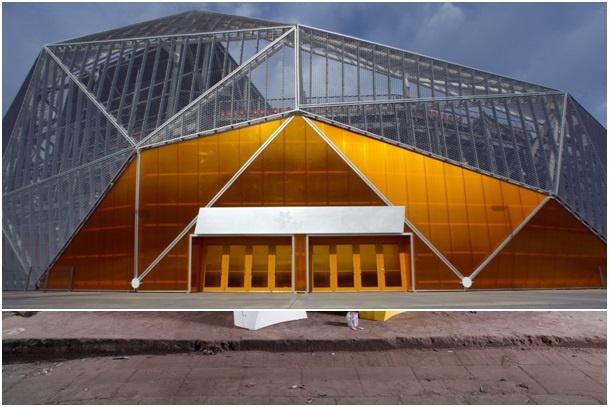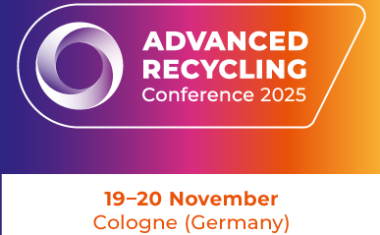Chemistry is ... Compass Stadium

For the new 22,000-seat Compass Stadium in Houston, Texas, the architectural firm Populus designed an exterior surface composed of geometrically expanded metal mesh and orange polycarbonate sheet cladding.
The state-of-the-art, open-air arena and new home of the Houston Dynamo sports a brilliant display of the Major League Soccer team's distinctive orange brand featured on enclosed entrance façades with a vibrant shade of LEXAN Thermoclick sheet. The material’s nine-wall configuration delivers a high level of thermal insulation for energy savings. In addition, the lightweight and versatile PC sheets from SABIC’s Innovative Plastics business help architects and designers achieve ever-higher levels of safety, durability and design excellence.

















